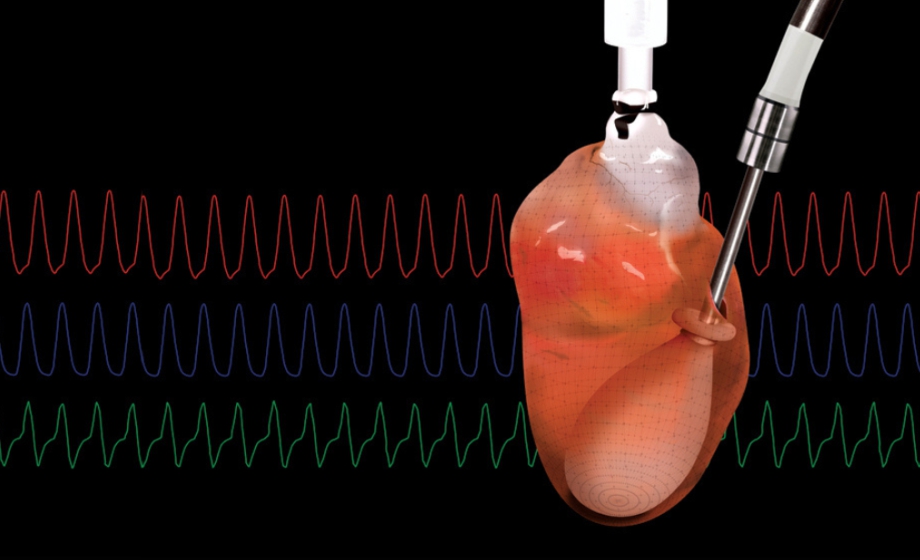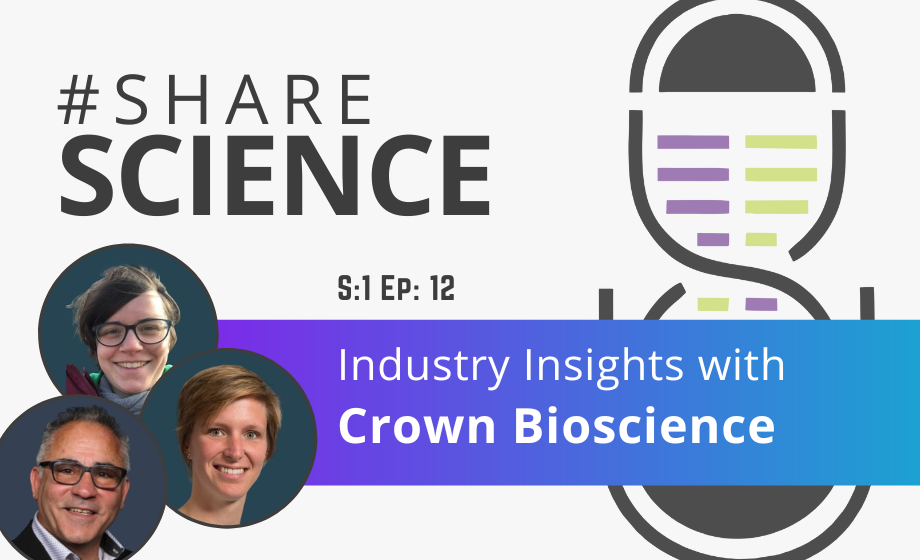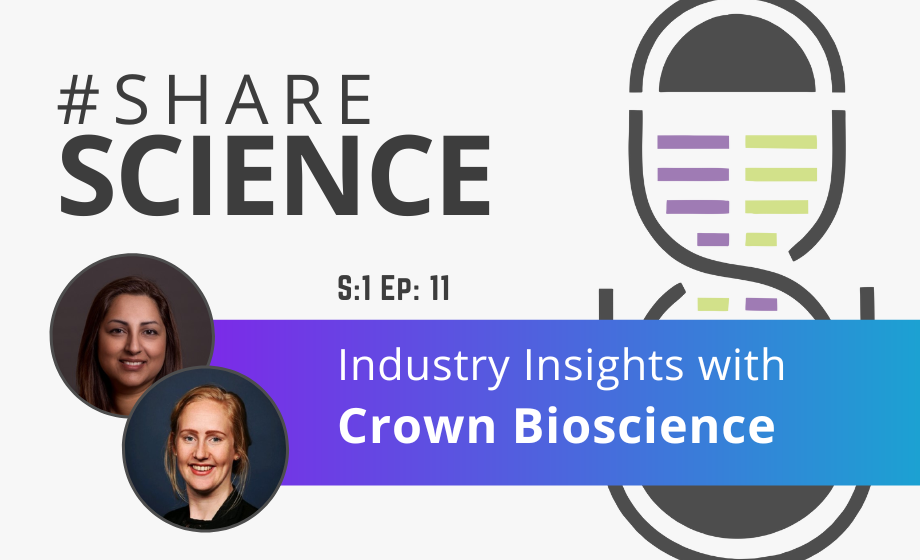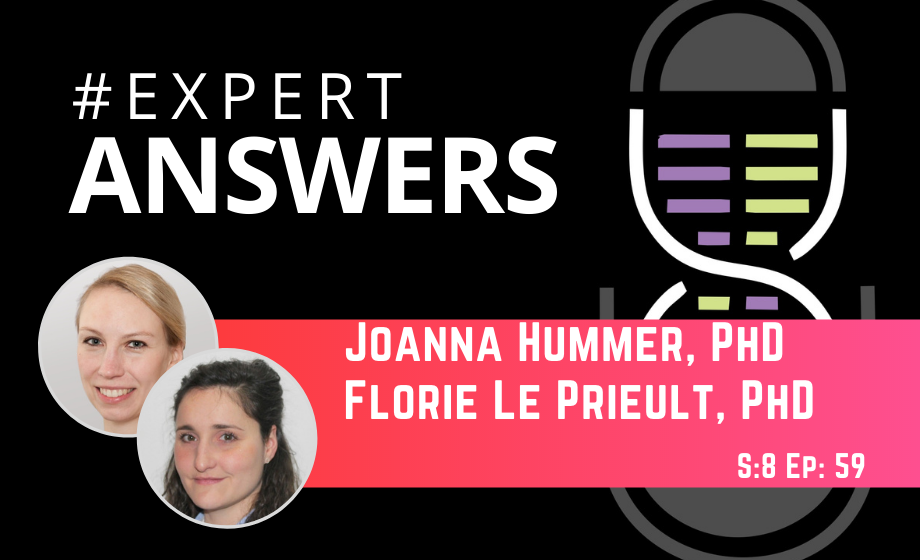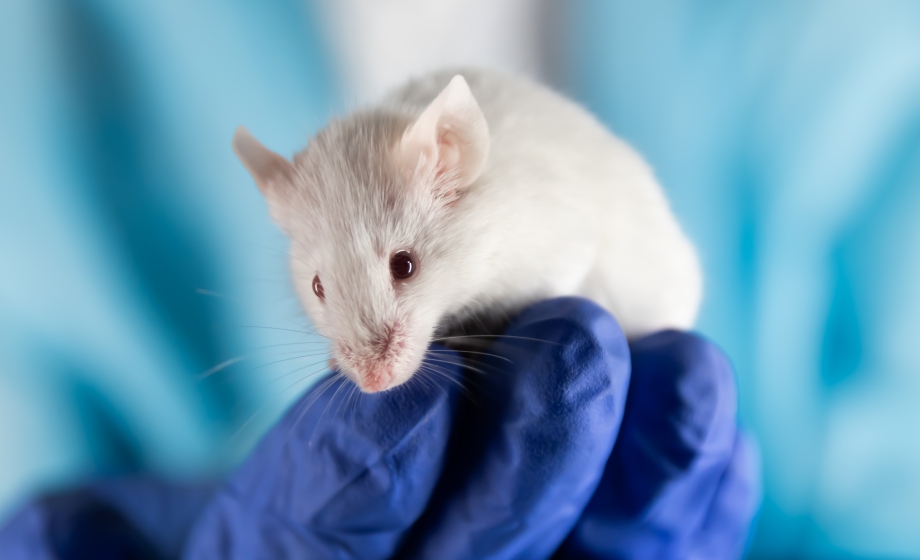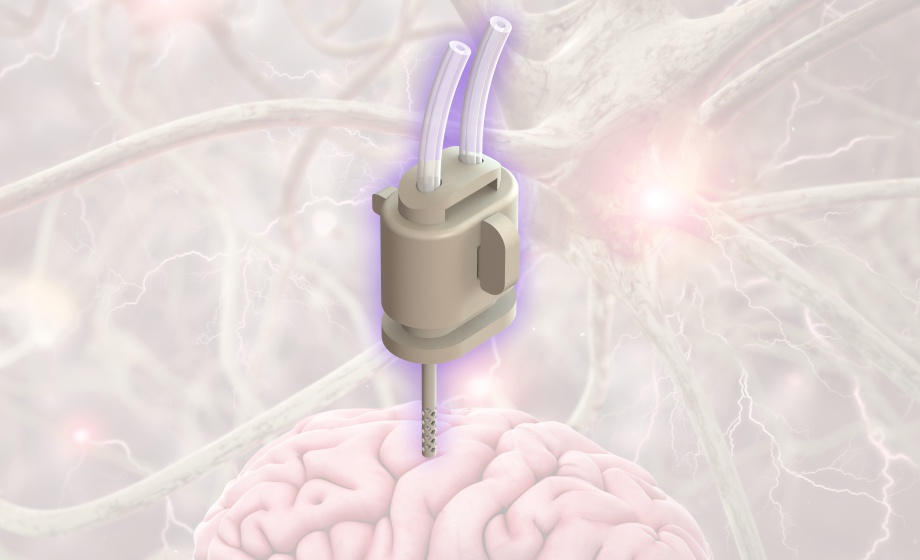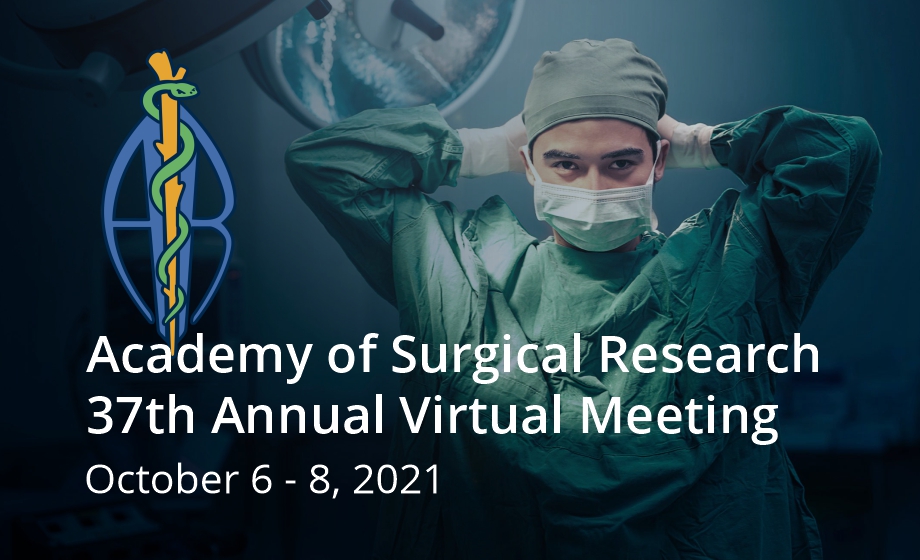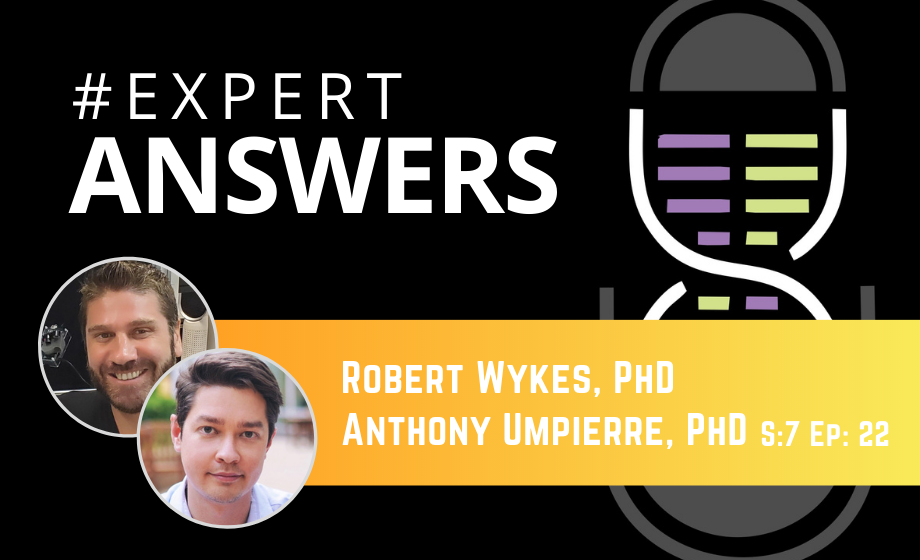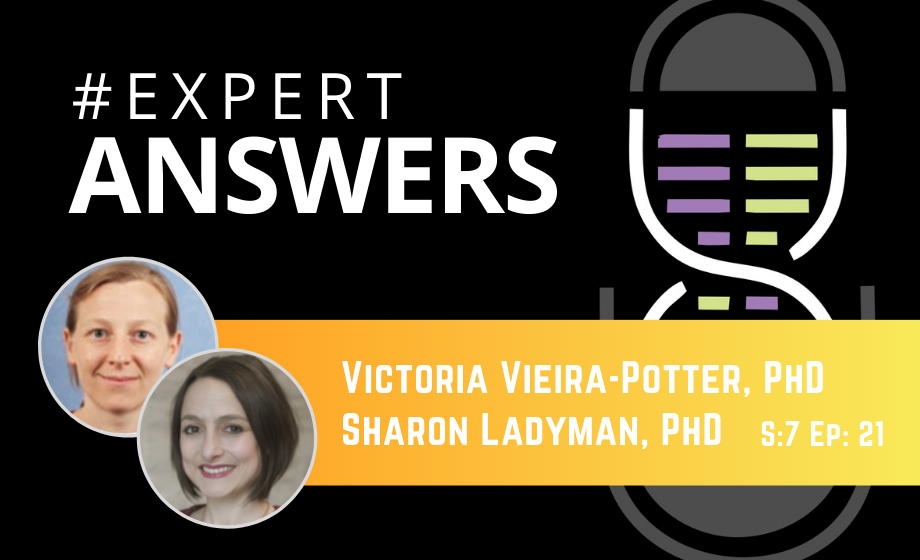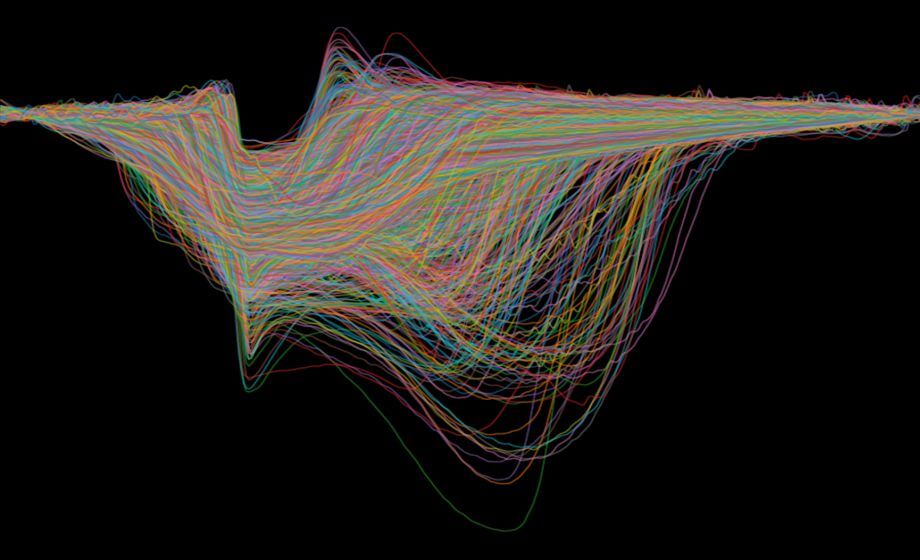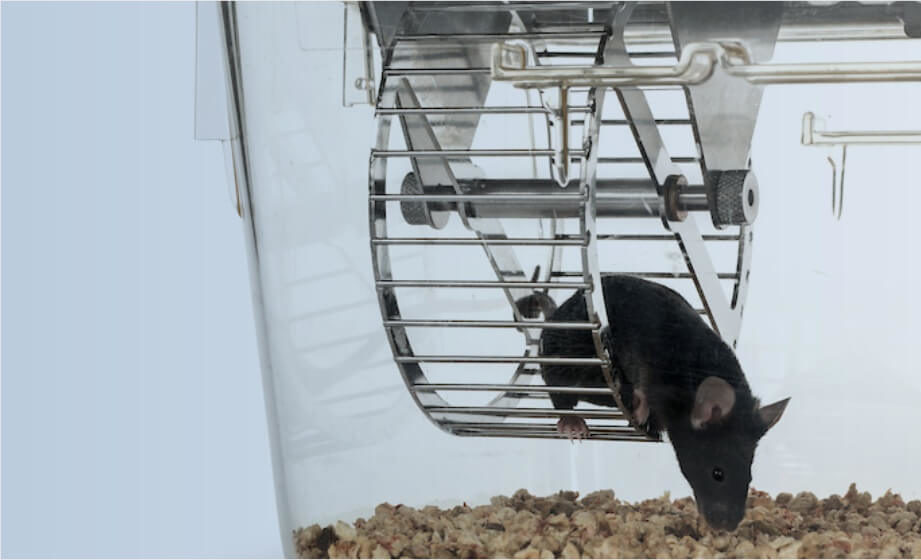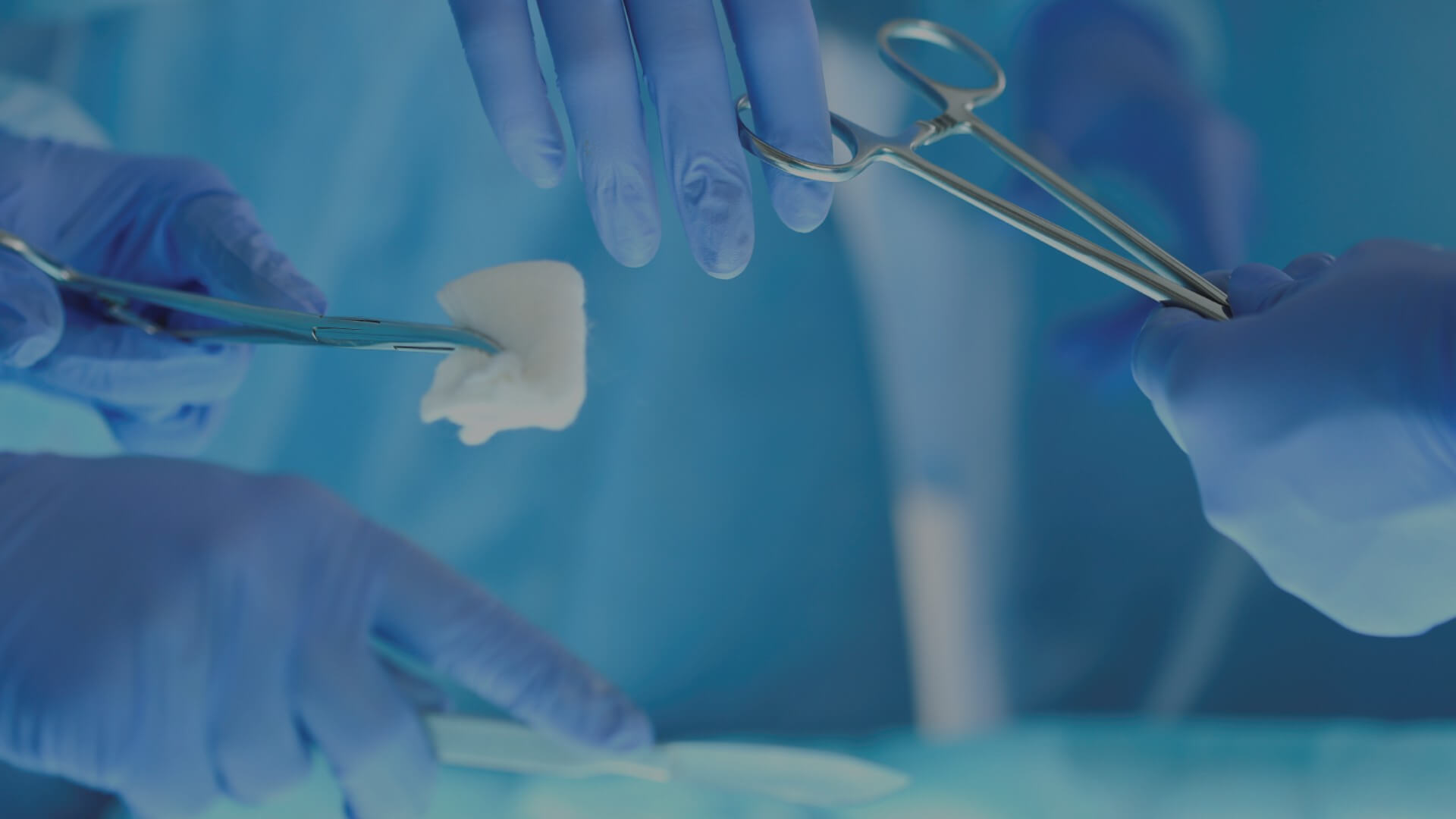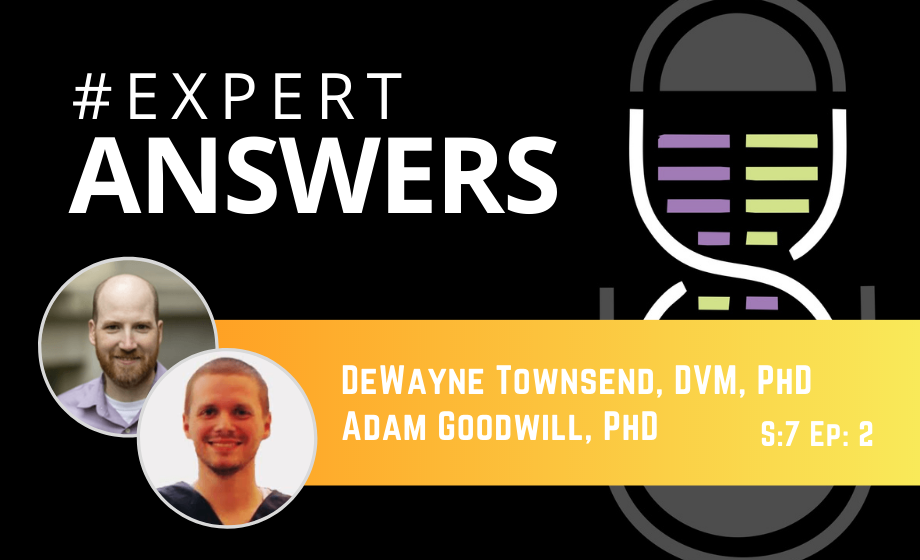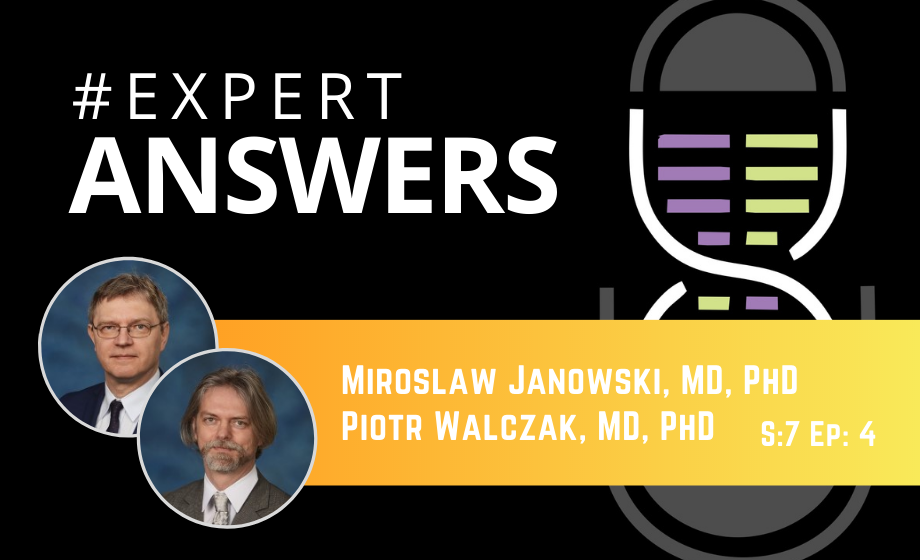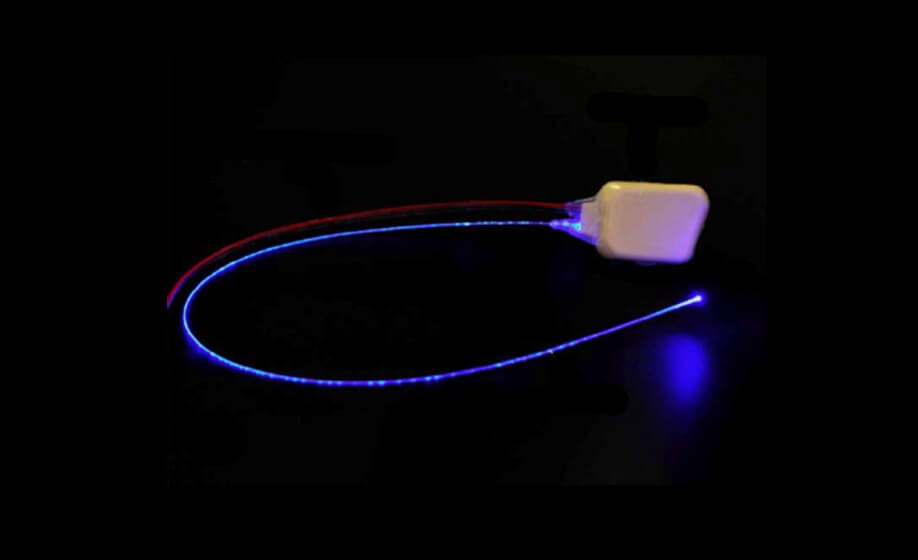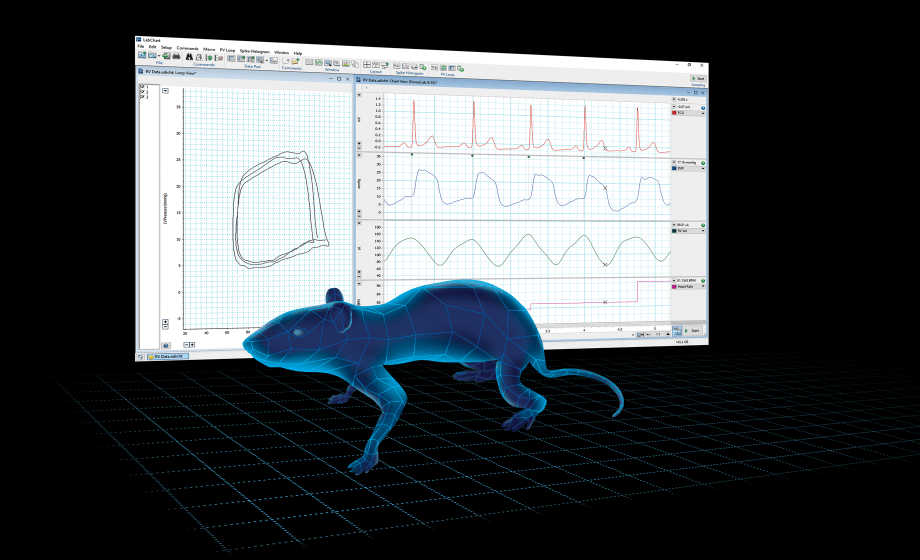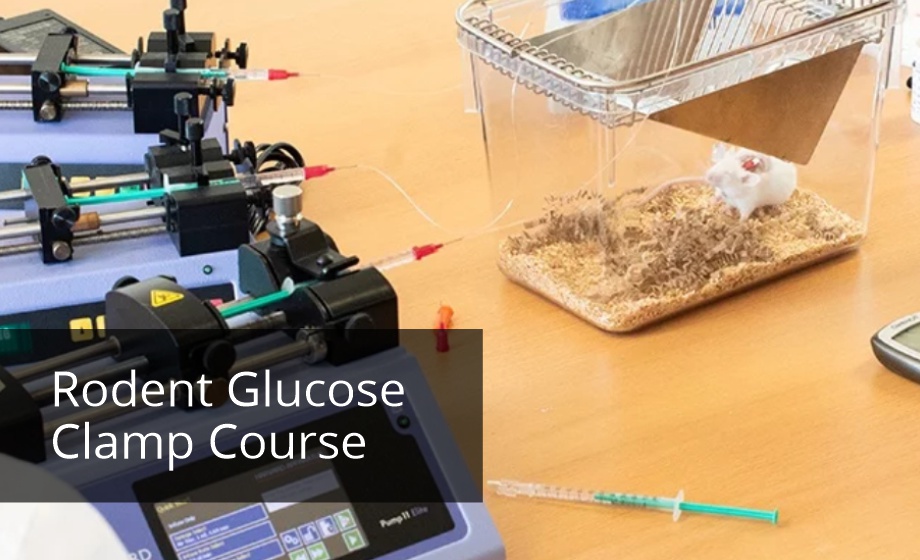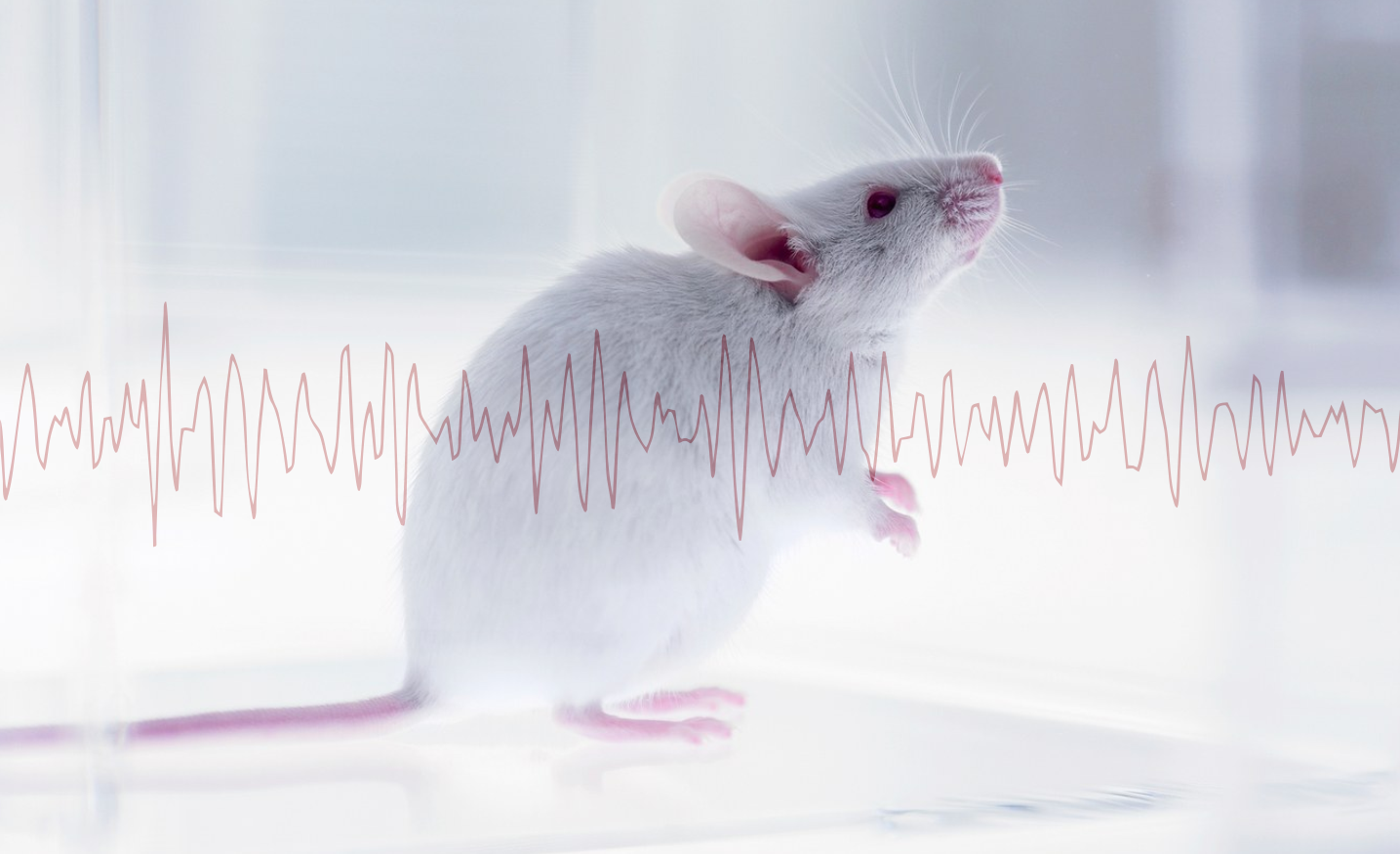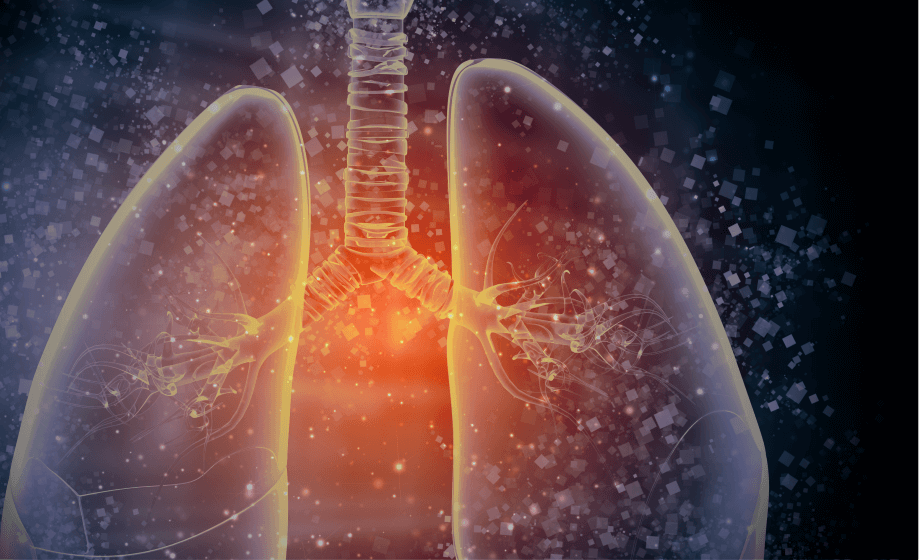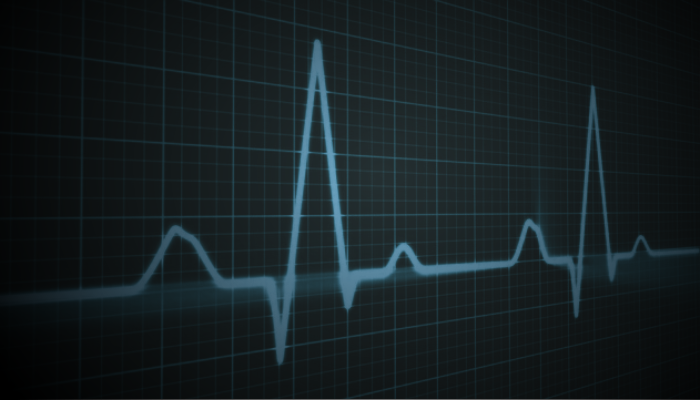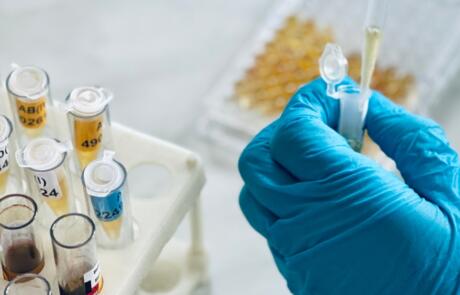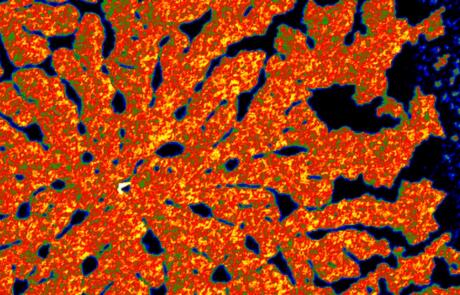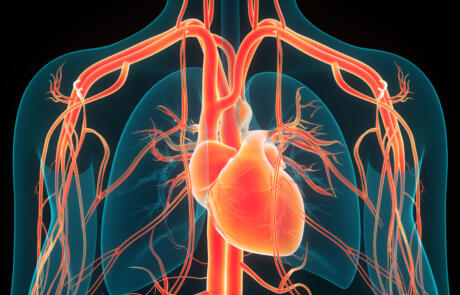Getting to the Heart of Cardiovascular Research: From Yesterday to Today and Looking Towards Tomorrow
Dr. Melanie White presents the various methods for assessing cardiac function in the context of pathology, spanning from in vitro to in vivo techniques, and how she integrates these with cutting-edge mass spectrometry in her research on cardiovascular disease pathogenesis.
Industry Insights with Crown Bioscience: Targeting T Cells Within the Cancer-Immunity Cycle
In this episode of Industry Insights, Saskia De Man, PhD, Marrit Putker, PhD, and Pirouz Daftarian, PhD, from Crown Bioscience discuss assays and methods for evaluating T cell therapeutics, including organoids, co-cultures, and high content imaging.
Industry Insights with Crown Bioscience: In Vitro Technologies for Studying the Cancer-Immunity Cycle
In this episode of Industry Insights, Rajendra Kumari, PhD, and Gera Goverse, PhD, from Crown Bioscience answer questions about in vivo, in vitro, and ex vivo technologies and methods that can be used for immuno-oncology research along each step of the cancer-immunity cycle.
#ExpertAnswers: Joanna Hummer and Florie Le Prieult on cOFM for in vivo Cerebral Fluid Sampling
Experts discuss cerebral open flow microperfusions use, and honing in specifically on its use in drug development and neurodegenerative disease.
Cutting Edge Conversations: The Role of In Vivo Studies in Personalized Medicine
Grace Walton, Jonathan Nakashima, and Meghan Loy kick off Episode 1 of Scientist.com's Cutting Edge Conversations series with a presentation on fundamentals and future trends around the role of in vivo studies in personalized medicine
Cerebral Open Flow Microperfusion (cOFM) for in vivo Cerebral Fluid Sampling – Comparison of cOFM and Microdialysis
Dr. Joanna Hummer and Dr. Florie Le Prieult share insights into cOFM's use and utility in the broader neuroscience field and specifically for the development of drugs for neurodegenerative diseases.
Academy of Surgical Research Virtual Annual Meeting 2021
Register to watch the on-demand 37th Academy of Surgical Research Virtual Meeting, a three-day exploration of surgical techniques, innovative research, and technology advancements.
#ExpertAnswers: Robert Wykes & Anthony Umpierre on Studying Epilepsy Using Microscopy, Electrophysiology, and Optogenetics
In this episode of Expert Answers, Drs. Wykes and Umpierre discuss how microscopy, electrophysiology, and optogenetics are used to study microglial calcium signaling and epileptic networks in awake head-fixed mice.
#ExpertAnswers: Sharon Ladyman & Vicki Vieira-Potter on Metabolic Phenotyping
In this episode of #ExpertAnswers join Sharon Ladyman, PhD and Victoria Vieira-Potter, PhD as they answer questions from a recent webinar where they [...]
Studying Epilepsy in Awake Head-Fixed Mice Using Microscopy, Electrophysiology, and Optogenetics
Experts discuss how microscopy, electrophysiology, and optogenetics are used to study microglial calcium signaling and epileptic networks in awake head-fixed mice.
From Pregnancy to Menopause: Studies of Physical Activity, Behavior, and Energy Balance in Mice
Sharon Ladyman and Vicki Vieira-Potter share their research on the effects of hormones and pregnancy on daily activity in mice.
Academy of Surgical Research Virtual Annual Meeting 2020
Register for the 36th Annual Academy of Surgical Research Virtual Meeting to join surgical research professionals around the world in a two-day exploration of surgical techniques, research applications, technology advancements and industry trends.
#ExpertAnswers: DeWayne Townsend and Adam Goodwill on the Fundamentals of Pressure-Volume Loop Analysis
DeWayne Townsend and Adam Goodwill discuss the fundamentals of pressure-volume loop analysis as a means to study cardiac function.
#ExpertAnswers: Miroslaw Janowski and Piotr Walczak on Imaging for Precision Medicine
Miroslaw Janowski and Piotr Walczak discuss how PET/CT imaging can be used to enable image-guided neurointerventions and to study targeted delivery and clearance of therapeutic agents.
Optogenetics Telemetry – Shining a Light on Long-Term Optogenetic Stimulation with Telemetry
Dr. Sarah-Jane Guild provides an introduction to optogenetics, discusses the advantages of implantable optogenetics telemetry and reviews data collection using the Kaha Sciences Optogenetics system.
A New Frontier of Precision Medicine: Using PET for Image-Guided Neurointerventions
Experts discuss how PET/CT imaging can be used to enable image-guided neurointerventions and to study targeted delivery and clearance of therapeutic agents.
Cardiac PV Loop Data Analysis: Tips & Tricks
Dr. DeWayne Townsend and Dr. Adam Goodwill discuss the fundamentals of pressure-volume loop analysis as a means to study cardiac function.
RRSSC – Rodent Glucose Clamp Workshop
This workshop is essential for those looking to master the glucose clamp technique in awake and behaving mice and rats. These models allow for glucose clamping using instruments such as Instech's euglycemic clamp.
Measuring EEG in vivo for Preclinical Evaluation of Sleep and Alzheimer’s Disease
Experts present telemetry implant procedure for wireless recording of EEG in rodents and share novel case studies focused on studying neural recordings to investigate sleep, energy expenditure and Alzheimer's Disease.
Combining Cardiovascular, Respiratory and Neurobehavioral Endpoints for Efficient Study Design
Learn how to integrate hemodynamic, respiratory and neurological measurements to study multiple biological systems simultaneously
Don’t Miss a Beat: Arrhythmia Detection for Preclinical ECG Research
A webinar for all cardiovascular researchers interested in understanding the relevance of arrhythmia detection and improving data analysis in the preclinical research setting.
